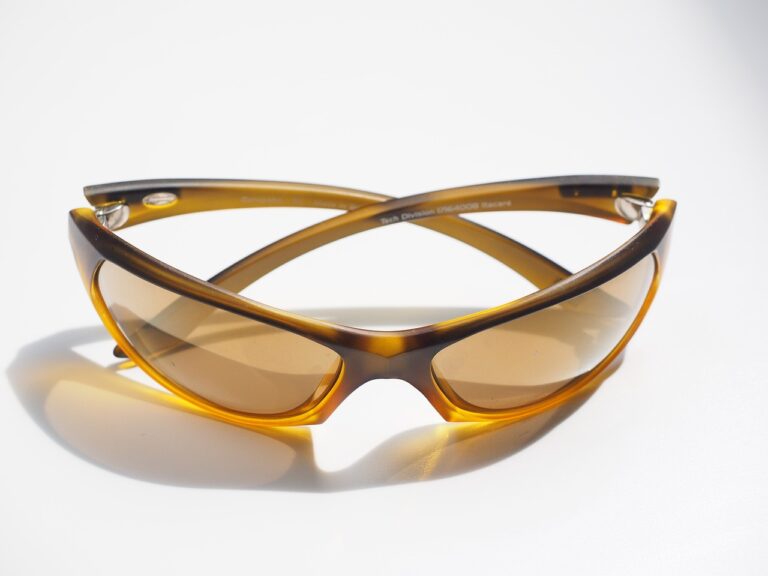The Role of Virtual Reality in Transforming the Fashion Retail Experience
In today’s rapidly evolving retail landscape, virtual reality technology is revolutionizing the way fashion brands engage with consumers. By immersing shoppers in a visually stimulating and interactive virtual environment, retailers are able to offer a more captivating and personalized shopping experience. This innovative approach not only enhances customer engagement but also allows for greater customization and flexibility in how shoppers explore and interact with products.
One of the key advantages of incorporating virtual reality into fashion retail is its ability to bridge the gap between the physical and digital realms. By creating virtual fitting rooms and runway shows, brands can provide customers with a sense of presence and immediacy that traditional online shopping experiences often lack. This seamless integration of technology not only enhances the overall shopping experience but also empowers customers to make more informed purchasing decisions.
• Virtual reality technology is revolutionizing the way fashion brands engage with consumers
• Immersing shoppers in a visually stimulating and interactive virtual environment enhances customer engagement
• Offers a more captivating and personalized shopping experience
• Greater customization and flexibility in how shoppers explore and interact with products
One of the key advantages of incorporating virtual reality into fashion retail is its ability to bridge the gap between the physical and digital realms. By creating virtual fitting rooms and runway shows, brands can provide customers with a sense of presence and immediacy that traditional online shopping experiences often lack. This seamless integration of technology not only enhances the overall shopping experience but also empowers customers to make more informed purchasing decisions.
Enhancing Customer Engagement through Virtual Reality
Virtual Reality (VR) technology is revolutionizing the way customers interact with fashion retail brands. By immersing customers in virtual environments, brands can create unique and immersive shopping experiences that enhance customer engagement. With VR headsets, shoppers can virtually try on clothes, experiment with different styles, and customize their looks without ever stepping foot in a physical store.
One of the key benefits of using VR in fashion retail is the ability to provide personalized recommendations to customers based on their preferences and browsing history. By analyzing customer data and shopping behavior, brands can offer tailored suggestions and create a more personalized shopping experience. This not only increases customer engagement but also helps build brand loyalty and drive sales in a competitive market.
Personalized Shopping Experiences with Virtual Reality
Virtual reality has revolutionized the way customers experience shopping. By immersing individuals in a digitally rendered environment, personalized shopping experiences are now more accessible than ever before. Consumers have the opportunity to virtually try on clothing, accessories, and even experiment with different styles in a lifelike setting.
Through the use of virtual reality technology, retailers can tailor each shopping experience to the unique preferences and needs of their customers. By collecting data on past purchases, browsing history, and even body measurements, brands are able to suggest personalized recommendations in real-time. This level of customization not only enhances customer satisfaction but also fosters brand loyalty as individuals feel seen and understood in their shopping journey.
How can virtual reality enhance the fashion retail experience?
Virtual reality can allow customers to virtually try on clothes, visualize different outfit combinations, and experience a more immersive shopping experience from the comfort of their own homes.
What are the benefits of personalized shopping experiences with virtual reality?
Personalized shopping experiences with virtual reality can lead to higher customer engagement, increased satisfaction, and ultimately, improved sales for retailers.
How can retailers use virtual reality to create personalized shopping experiences?
Retailers can use virtual reality technology to gather data on customer preferences, recommend personalized products, and tailor the shopping experience to each individual customer.
Are personalized shopping experiences with virtual reality only limited to clothing retail?
No, personalized shopping experiences with virtual reality can be applied to various industries beyond fashion retail, such as home decor, automotive, and more.
How can customers access personalized shopping experiences with virtual reality?
Customers can access personalized shopping experiences with virtual reality through VR headsets, mobile apps, or websites that offer virtual try-on features and personalized recommendations.







